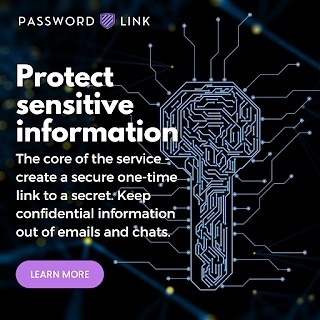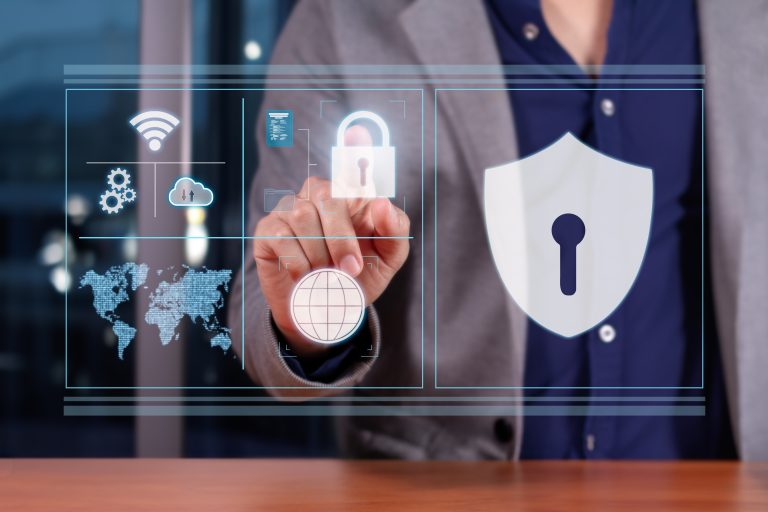10 ways to protect your sensitive data
In today’s interconnected digital world, protecting sensitive data has become more critical than ever. From personal information to financial details, our data is constantly at risk from cyber threats and breaches. Whether you’re an individual user or a business owner, taking proactive steps to safeguard your sensitive data is paramount. In this article, we’ll explore ten effective ways to protect your valuable information from falling into the wrong hands.
- Use Strong, Unique Passwords: Create strong and unique passwords for each online account. Avoid using easily guessable information like birthdates or common phrases. Consider using a reputable password manager to generate and store complex passwords securely.
- Enable Two-Factor Authentication (2FA): Implementing 2FA adds an extra layer of security to your accounts. Even if someone obtains your password, they would still need an additional verification method (like a code sent to your phone) to access your account.
- Regularly Update Software and Applications: Keep your operating system, software, and applications up-to-date. Updates often include security patches that fix vulnerabilities and protect against potential breaches.
- Encrypt Your Data: Utilize encryption tools for sensitive information. Encrypting data makes it unreadable without the decryption key, significantly reducing the risk of unauthorized access if your data is compromised.
- Be Wary of Phishing Attempts: Exercise caution when receiving emails, texts, or calls asking for personal or financial information. Avoid clicking on suspicious links or providing sensitive data to unknown sources. Verify the legitimacy of requests from trusted sources before sharing any details.
- Secure Your Wi-Fi Network: Change default router passwords and use strong encryption methods (like WPA2 or WPA3) for your Wi-Fi network. Also, consider hiding your network’s SSID and enabling a firewall for added protection.
- Regularly Back Up Your Data: Create regular backups of your important files and data. In case of a security breach or data loss, having backups ensures that you can restore your information without significant impact.
- Limit Access and Use of Personal Information: Be cautious about sharing personal information online and on social media platforms. Review privacy settings and restrict access to sensitive data to trusted individuals or authorized personnel only.
- Implement Secure File-Sharing Practices: When sharing files or documents, use secure and encrypted file-sharing services. Set permissions and access controls to ensure that only intended recipients can view or download the shared files.
- Educate Yourself and Others: Stay informed about cybersecurity best practices and educate others within your organization or family about the importance of protecting sensitive data. Regular training and awareness programs can significantly reduce the risk of data breaches.
Protecting sensitive data is a continuous process that requires vigilance and proactive measures. By implementing these ten essential steps, you can significantly enhance your defenses against cyber threats and unauthorized access. Whether you’re an individual user or a business entity, prioritizing data security is crucial in today’s digital landscape. Remember, safeguarding your sensitive information is not just a choice; it’s a responsibility to ensure your privacy and security in an increasingly connected world.






